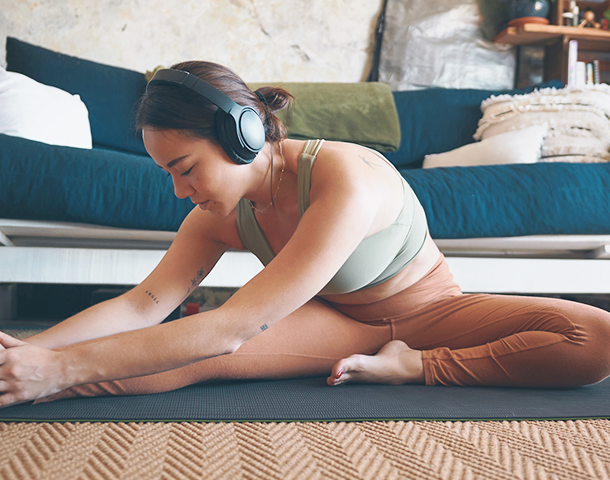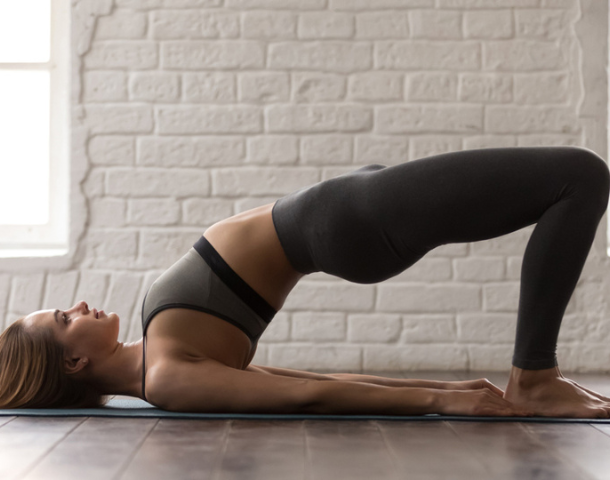
The Best Foldable Treadmills, According to Experts
Adding a folding treadmill to your home is a great way to make daily walking a bit more accessible, especially if you don’t have a ton of time (or space) to spare. It can easily store under your desk or bed when it’s not in use, and then slide right out to help you stay active on days with particularly busy schedules or bad weather. Plus, this compact piece of equipment is more budget-friendly than higher-end smart treadmills like ones from Peloton or ProForm. To help you find the best folding treadmill for your home, we reached out to fitness experts for advice.
What to consider when shopping for a folding treadmill
Think about your fitness goals and how you’ll use the treadmill, Sean Penwell, MD, ACSM-certified personal trainer and CEO of Healthstar Co, tells SELF. Are you getting back into a workout routine and just need an easy-to-use treadmill for walking or slower jogging? Are you mainly looking for a super-compact option to pair with your standing desk? Are you short on floor space, but want to do some running? Once you get a better idea of your priorities, then you can focus on more specific features to make your final choice.
Speed settings
The speed range of the treadmill will dictate what kind of workouts you can do. “Some compact folding treadmills are small and sleek, but top out at just three miles per hour (mph). For most people, three mph is at the high end of average walking speed, so don’t expect to do any brisk power walking at this speed, let alone running,” Dr. Penwall says. “And if you’re already running an eight-minute mile, you’ll want a treadmill that can go at least 7.5 mph.”
Size
You don’t want to end up with a treadmill that’s too big for your home—so be sure to measure the area where you plan to use and store it, then cross-reference those specs with dimensions of the tread itself, Sydney Bueckert, NASM-CPT, lead in-house fitness instructor at Sunny Health & Fitness in California, tells SELF. Doing so will ensure you can enjoy the treadmill and tuck it away without hassle. Bonus points if it has wheels: “Heavy lifting or complicated maneuvering is just one more barrier to getting your workout in, so checking for something as silly and simple as wheels can really improve your at-home experience.”
Shape
Then there’s the shape of your treadmill—you may need to put aside more room than you think, depending on how your machine compacts. “Very few modern treadmills fold completely up and will be more of a V-shape,” Garret Seacat, CSCS, head coach of Absolute Endurance in Manhattan, Kansas, tells SELF.
Additional features
Next, look at your treadmill’s incline capabilities. Some machines have a manual incline—meaning you’ll have to physically get off the treadmill to change the degree—while others have automatic adjustments. Many folding treadmills don’t offer a huge range of incline levels, but if you’re hoping for a more challenging home workout, it may be worth looking into this option.
It’s also important to note that folding treadmills often have lighter maximum user weight limitations compared to non-folding models, because they’re built for portability as opposed to sturdiness. Folding treads generally range between 200 and 300 pounds, whereas the weight capacity of traditional or higher-end treadmills can be up to 400 or 500 pounds, depending on the brand.
Depending on how you plan to use a treadmill, there are other details you may want to look for, too. Dr. Penwall specifically points to app compatibility, live-streaming classes, and access to online communities where you can share your fitness goals and progress with other users.
The best folding treadmills
Now that you have a better idea of what to expect from a folding treadmill—and which features might be more important for your individual goals—take a look at the best options from top brands and retailers like Amazon, NordicTrack, Horizon, and more, according to fitness experts.
All products featured on SELF are independently selected by our editors. However, when you buy something through our retail links, we may earn an affiliate commission.
Related Articles
2023 Healmyselfnow @ All Rights Reserved


